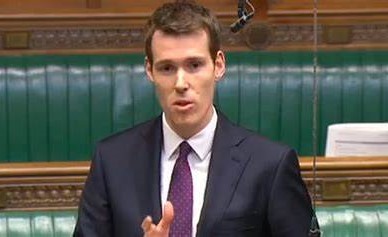UK rents are set to grow by a further 17.6% over the next five years, according to property firm Savills, as the imbalance between high demand and low supply is set to continue. And the agency warns that with more landlords quitting, that figure could rise further.
But, there are signs in some markets, particularly London, that affordability constraints will press the brakes on growth.
While tenant demand has come down from its record highs of 2021 and 2022, it remains at elevated levels. At the same time, the latest listings data indicates that the number of available rental listings per active letting branch was 16% below their 2018-19 level in September.
As a result, properties are letting 20% faster in 2024 to date than during 2018/19, and there is further upward pressure on prices.
“High demand and low supply have been the influence behind the significant rental growth seen over the past few years. At a national level, this pattern looks set to continue with rents expected to rise above incomes again” comments Guy Whittaker, research analyst at Savills.
“It is challenging to see where an increase in rental supply will come from in the next couple of years. The increase to the existing Stamp Duty Land Tax surcharge for second homes will likely dampen demand from new buy-to-let investors, and it will prevent some existing landlords from expanding their portfolios.
“The potential requirement to upgrade EPC ratings by 2030 may see some leave the sector altogether, particularly in markets where the upgrades required would exceed an entire year’s rental income. In those cases, it may make more financial sense to sell.”
Strong rental growth has stretched the finances of those living in the rental sector, limiting the capacity for further increases in some markets, says Savills.
Rental prices grew by 4% nationally in the 12 months to September 2024, less than half the previous year. While London rents grew by just 1.5%.
Nationally, Savills expects the imbalance of demand over supply will continue to override affordability in the short term, pushing up rents. Looking further ahead, Savills expects rental growth to be more aligned with income towards the end of the five-year period.
But in London, the market is already experiencing the drag effect of affordability. With Londoners spending as much as 43% of their income in 2023, an inflection point appears to of been reached.
“Slower rental growth through 2023 has led to a slight easing of affordability pressures in London. We expect that this trend will continue in the near term with rental growth of 2.5% in London in 2025, against income growth of 2.9%,” continues Whittaker.
“However, we expect to see more landlords exit the market, further eroding supply, and affordability will once again take a backseat. This would mean that rental growth could be stronger than we have currently forecast.”
| 2024 | 2025 | 2026 | 2027 | 2028 | 2029 | 2025-29 | |
| UK rental growth | 4.0% | 4.0% | 3.5% | 3.0% | 3.0% | 3.0% | 17.6% |
| London rental growth | 1.5% | 2.5% | 2.5% | 2.5% | 3.0% | 3.0% | 14.2% |
| UK Income growth | 2.9% | +2.9% | +2.6% | +2.5% | +3.1% | +3.0% | 15.0% |


















